Tombo’s Wound: Portraits of a Sierra Leone Village Without Clean Water
![]()
Unity over adversity. It’s a running theme in the story of Tombohuaun, translation “Tombo’s Wound,” a remote village tucked into the jungle of Sierra Leone’s Eastern Province. The community’s founding legend states that a villager named Tombo cut his foot on a catfish in the river, and the then chief ordered the fish to be caught and killed. Back then, as now, the community came together to put things right: they caught the fish, ate it, and went on to name the town after this symbolic triumph.
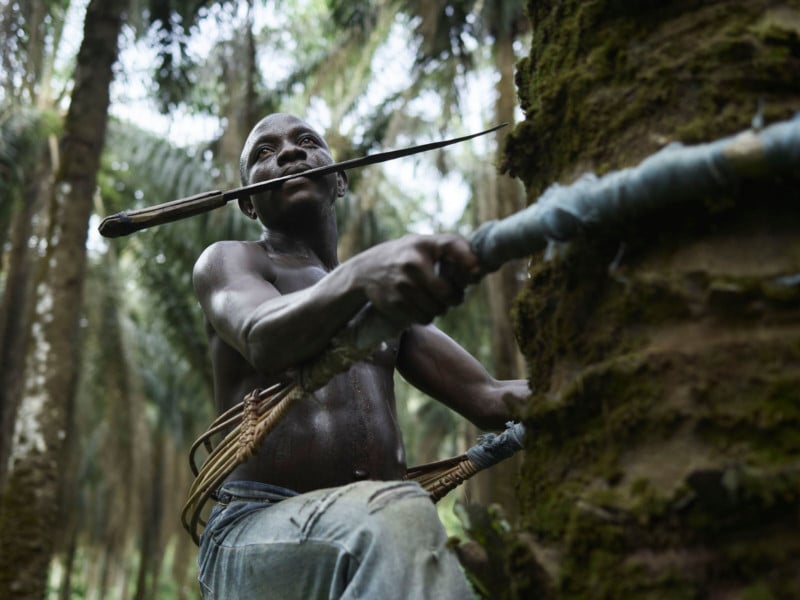
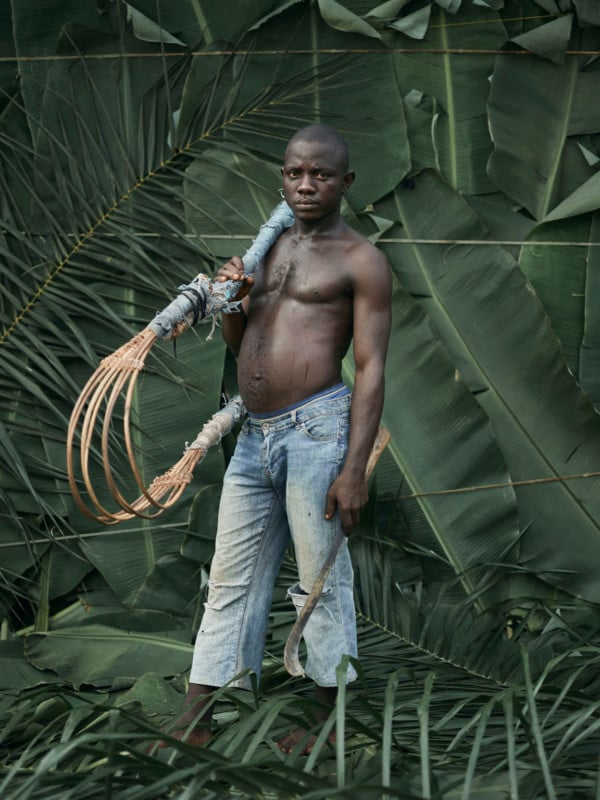
But those dire circumstances were not the only focus of the photo series I was commissioned to make for WaterAid, the international NGO working to bring clean water to Sierra Leone. Rather than just creating images that underscored Tombohuaun’s plight, WaterAid and I envisioned a cultural study of the community that would highlight its resilience, its fraternity, its highly organized structure, and its work ethic. These are all the things that will enable the village to thrive and sustain its clean water resources and practices long after WaterAid has completed its work. These photographs became the visual backbone for WaterAid’s Untapped campaign.
In light of those objectives, my photos were to spotlight two main themes—the unique characters within the community and the hard work they do to keep it flourishing.
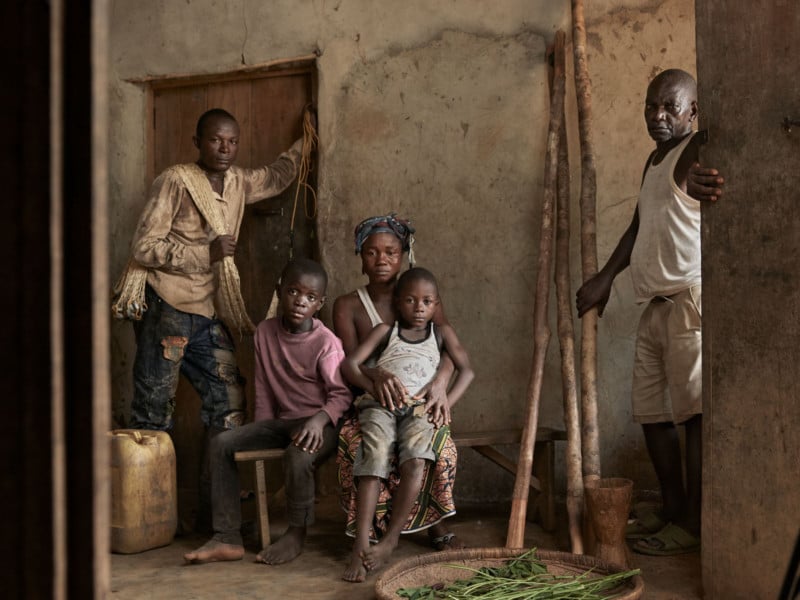
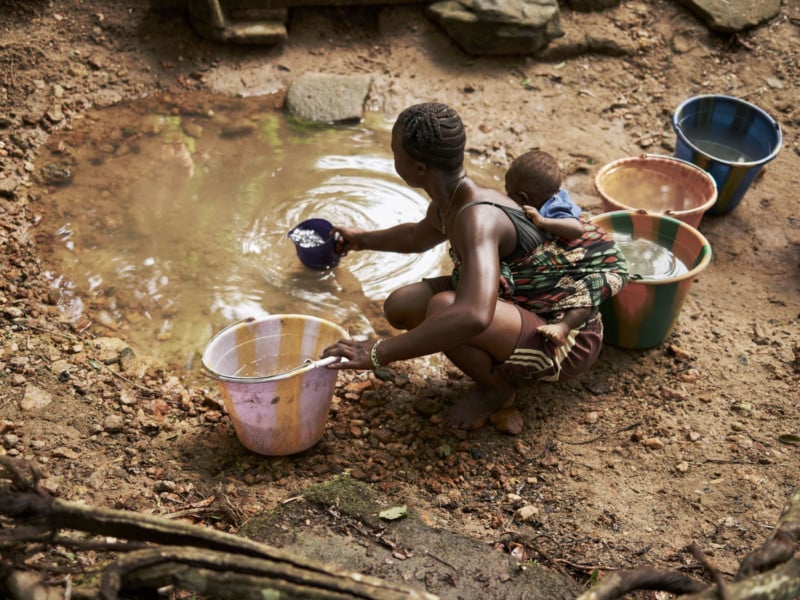
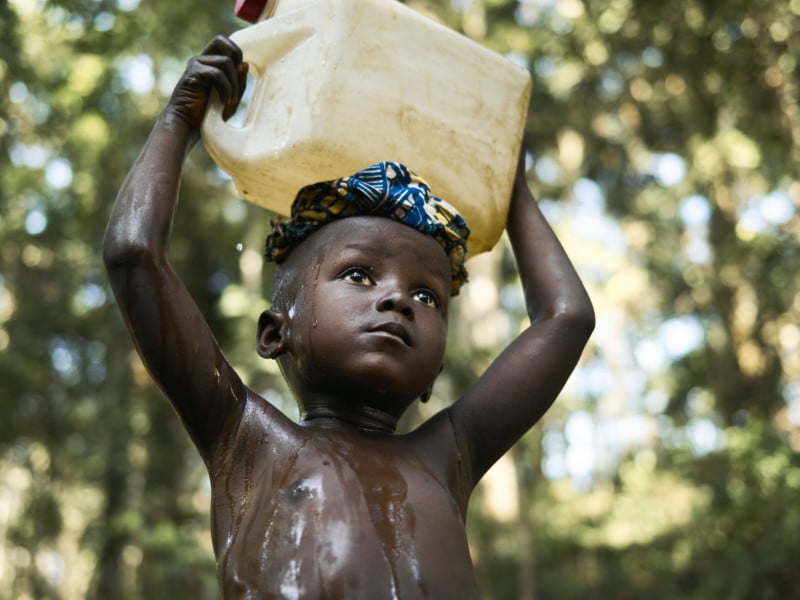
With some of the photographic work I’ve done in other parts of Africa, it’s been easy to lean on certain visual crutches—tribal face paint, ornate jewelry, striking clothing. But that’s only skimming the visual surface of the community and the people and wasn’t in the spirit of this campaign. Digging deeper requires an extended stay, as well as collaborating with locals who have grown up in the area.
Long before we traveled to Tombohuaun, WaterAid had laid the groundwork for a positive, in-depth experience: Staff first surveyed the land to see if they could indeed build the well and bring sustainable clean water, and then Neil Wissink (who became a friend during the project) went into the community to get to the know the villagers, gain trust, create a timeline for the project, and gain permission for the visual component. By the time we arrived to make photographs, the villagers were well aware of our role and purpose and welcomed our presence. In two weeks time, the standout characters were sure to reveal themselves, and they did: The town beauty queen who artfully styles the women’s hair. The blind man who prays outside his porch. The Imam (religious leader) who acts as an elder in the community. The vivacious female leader who delivers the community’s babies.
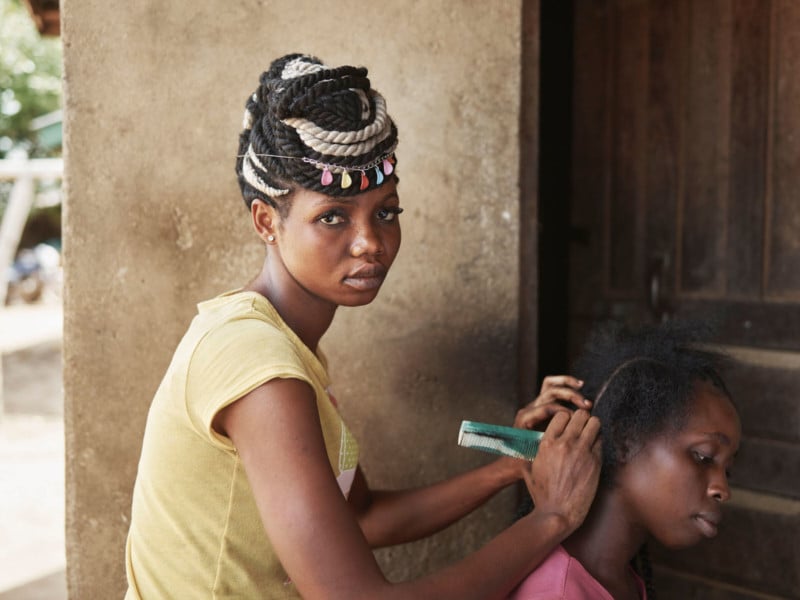

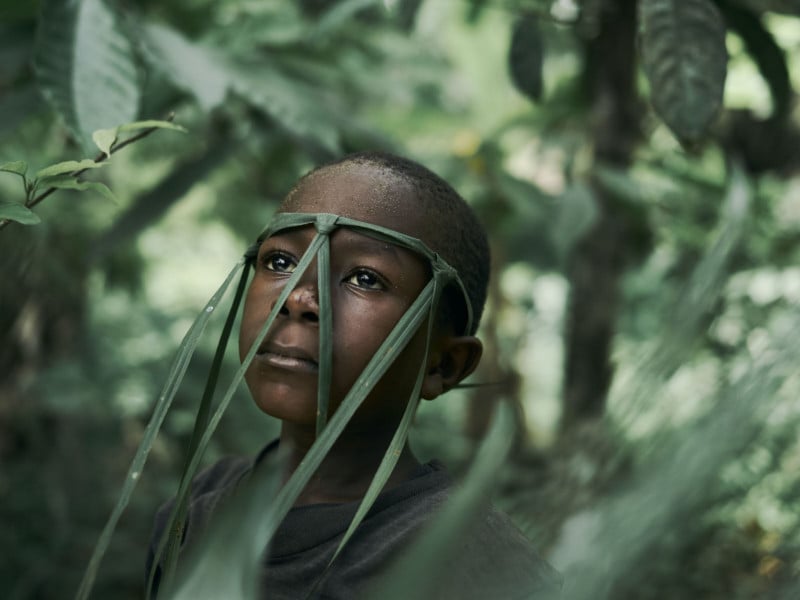
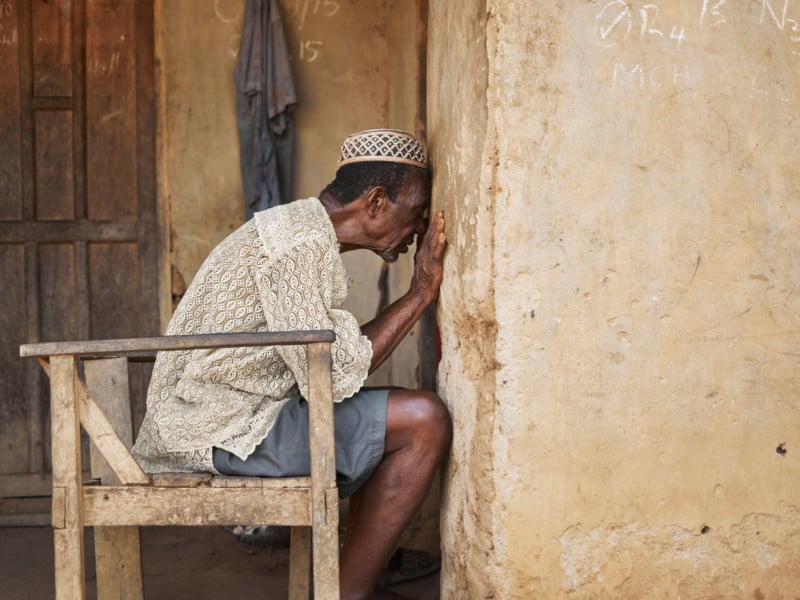
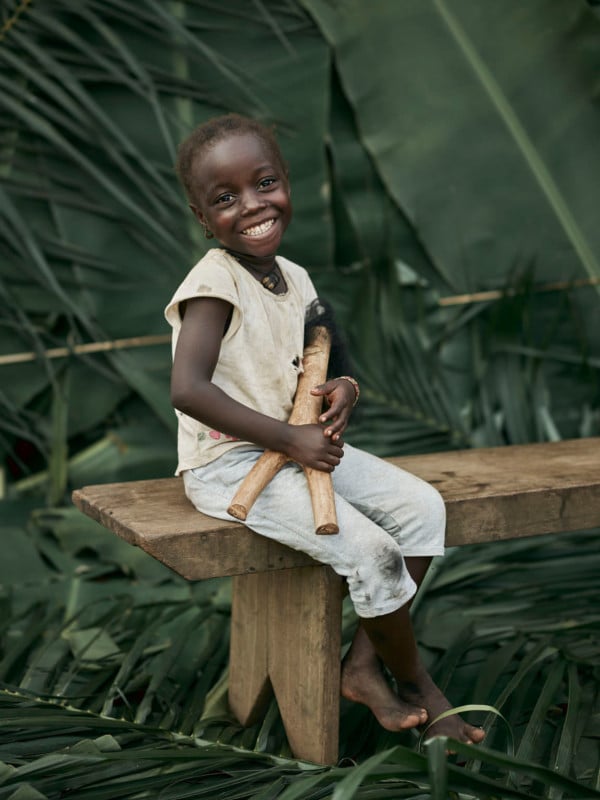
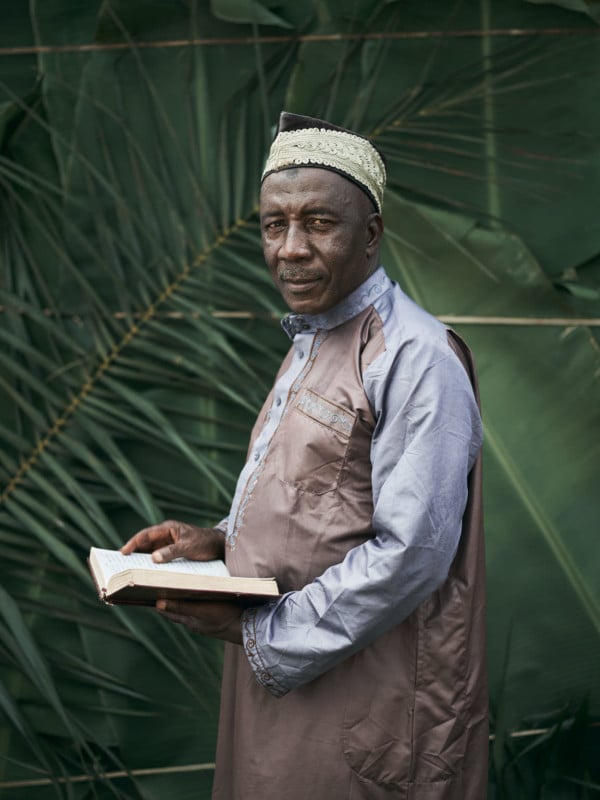
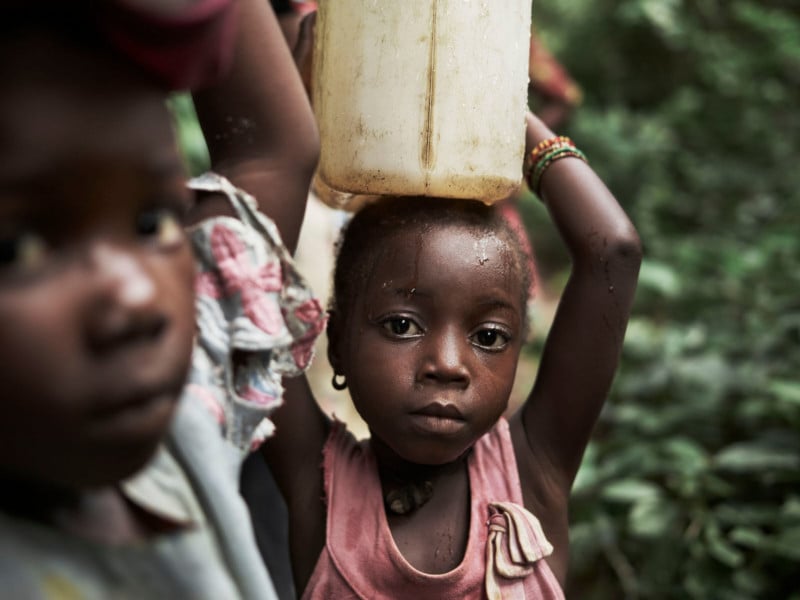
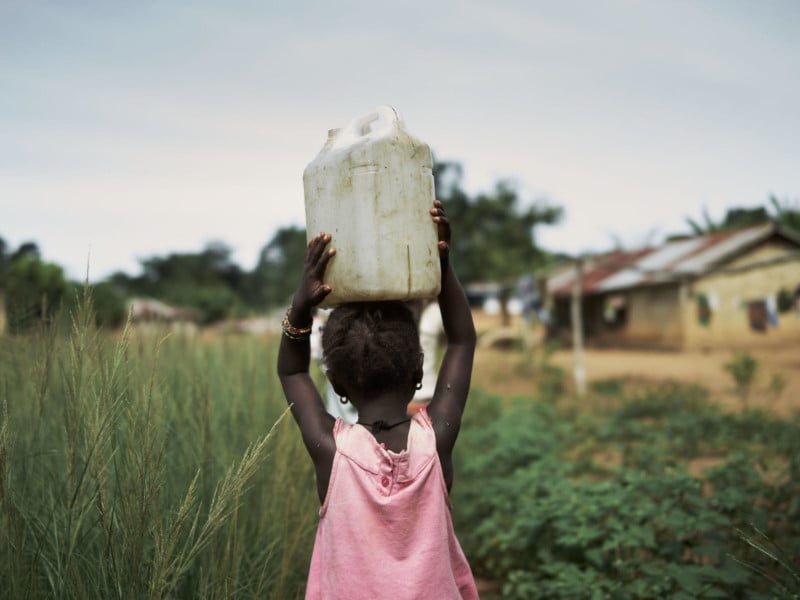
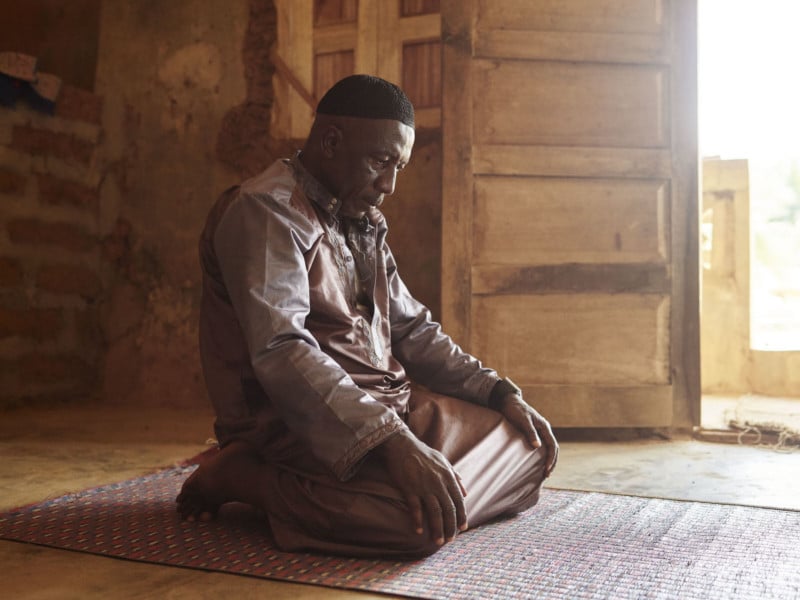
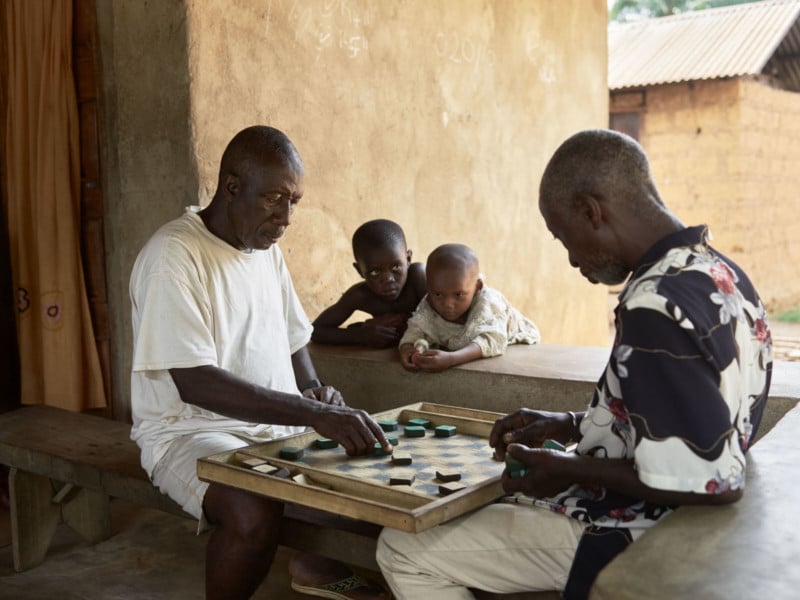
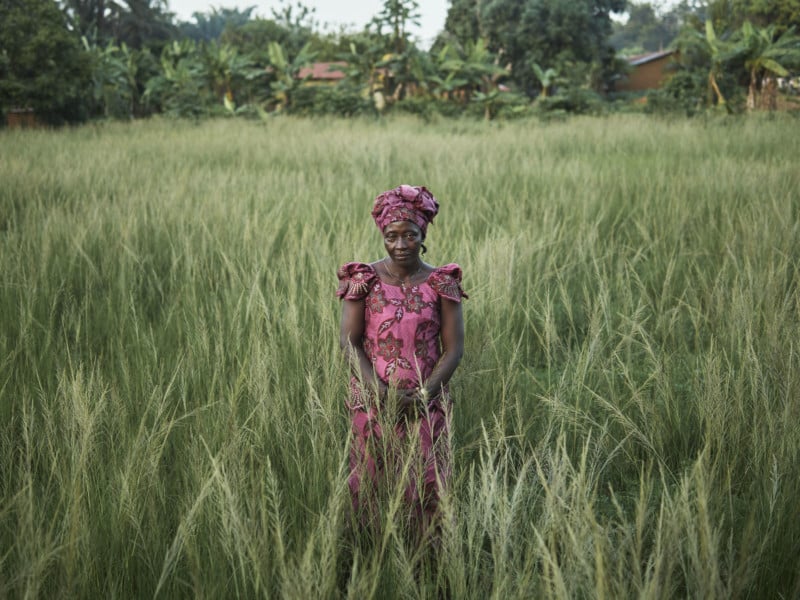
![]()
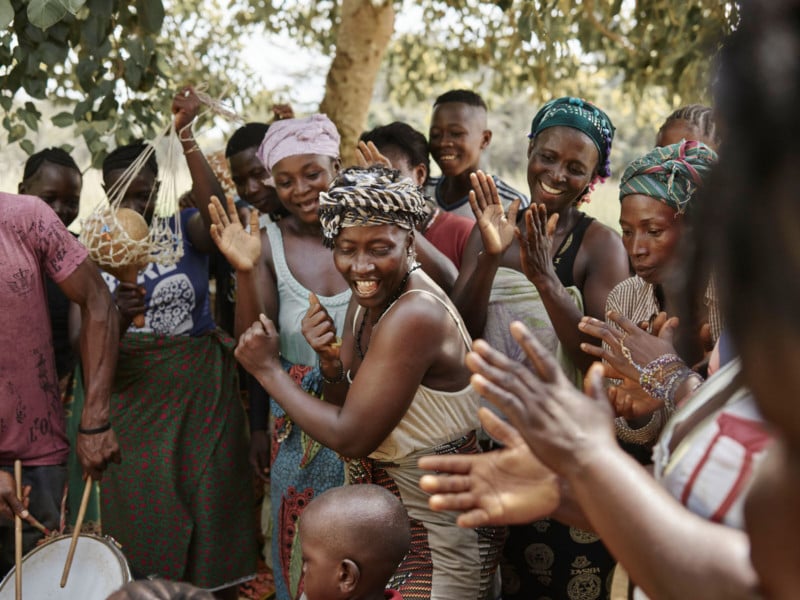
As characters emerged, I photographed each of them in two ways: I made their portrait in an onsite “studio” built by the villagers; and I photographed them in action, highlighting their role or job in the community. WaterAid would then use these dual photos to paint a complete picture of each subject and their individual story.
For the portraits, instead of setting up a portable studio, we decided to enlist the community’s help to build an outdoor studio onsite in the jungle. This allowed them to brandish their resourcefulness and teamwork and me to have a portrait setting that would compliment the overall style of the series. The studio was set up on the side of a building, with banana and palm leaves laid out on the ground, and bed sheets hung from two poles to act as a giant diffuser.
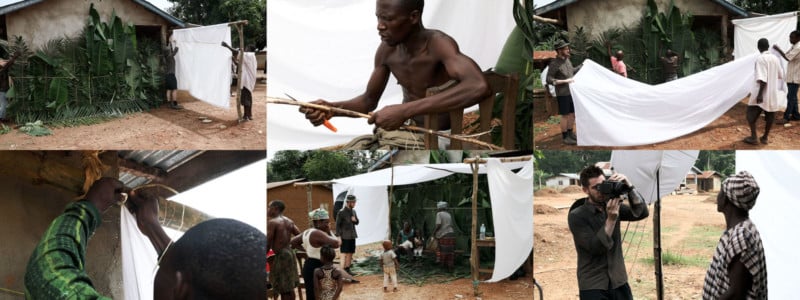
To make the in-action shots of the villagers, we photographed them processing palm oil and fishing, two important industries for the community. We learned that work is shared equally among the men and women in the village, with each gender performing a select set of duties.
While many of the villagers own their own palm oil plantations, Tombohuaun also has one community plantation run by volunteer villagers, which is where we focused our photography. Profits from this plantation are funneled into a community piggy bank. If a resident has an emergency and needs a loan, they can take money out of this bank as long as they pay it back with interest.
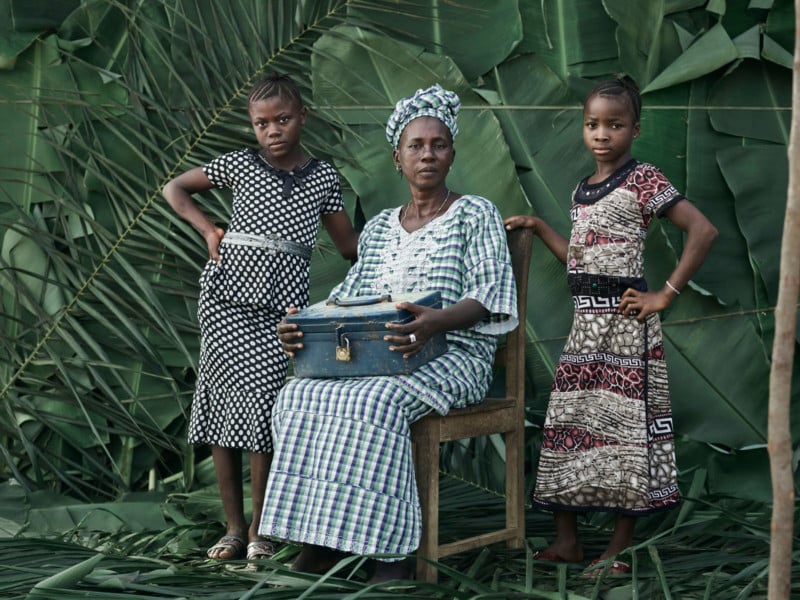
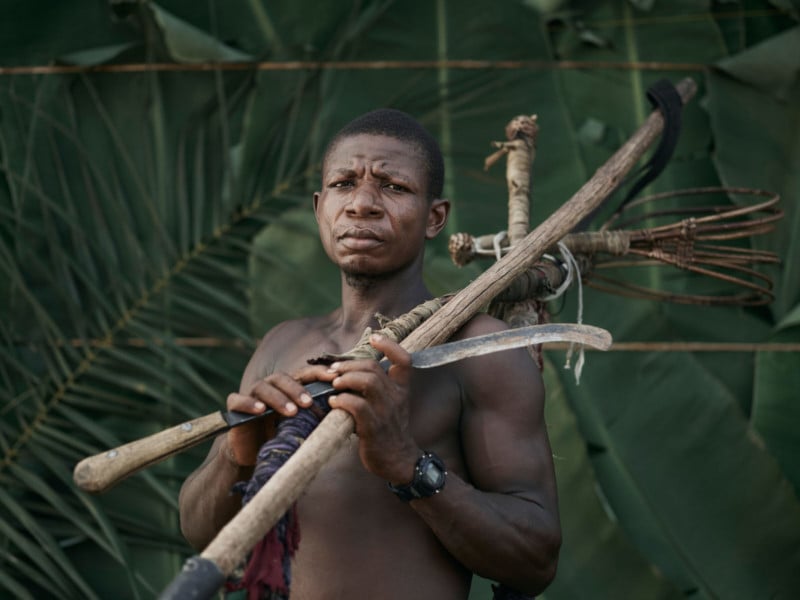
Palm oil processing work is divided up like this: The men climb the trees, hack down the palm kernels with machetes, gather the kernels, and then move those to a giant pit where they’re mashed and fermented. The women then filter out the byproduct and melt it to make palm oil that’s sold at the market.
![]()
It wasn’t until we delved into the palm oil processing photography that we witnessed in amazement the men’s method for climbing the palm fern trees—using a sling-like apparatus into which they lean their body weight as they scaled the bark with their feet. After clumsily attempting it myself (with the villagers teasing me to come down before I broke my neck), I quietly joked that it might be nice to have a ladder so I could photograph their work from above. Much to my surprise, the next morning a handmade ladder tied together with twine was set out for my photography work. As the villagers held onto the bottom of it, I climbed the rickety (but structurally sound) rungs to the top.
Thanks to their generosity and ingenuity I was able to capture images of their work from a totally unique vantage point.
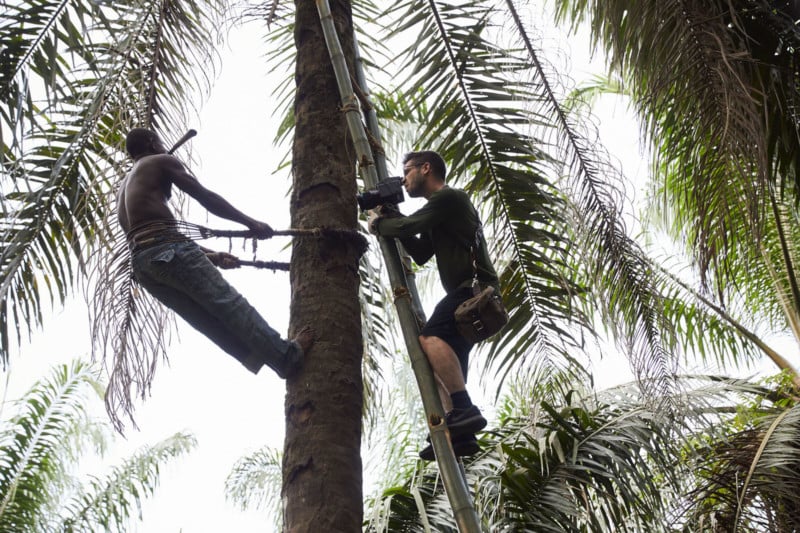

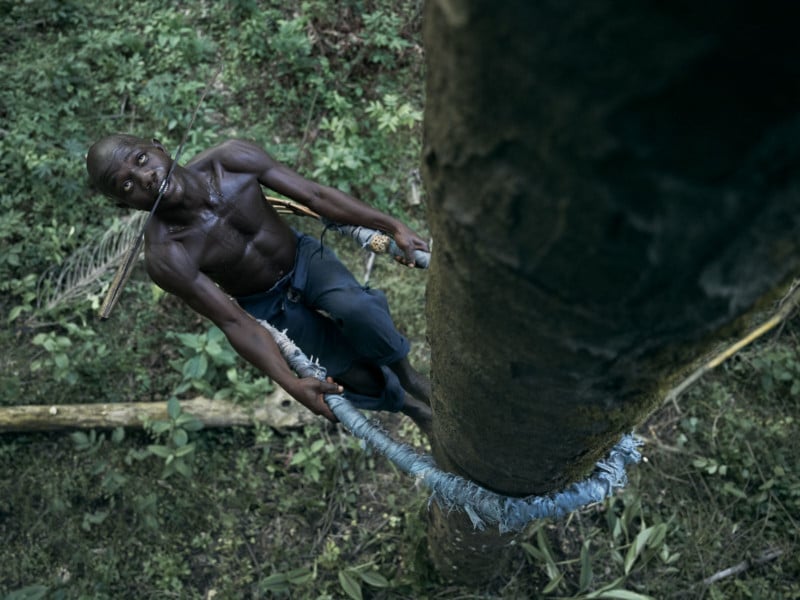
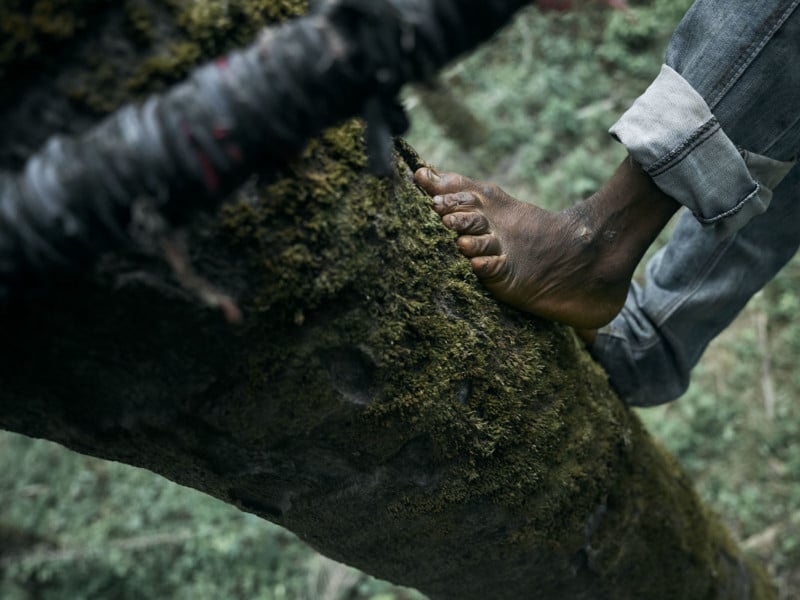
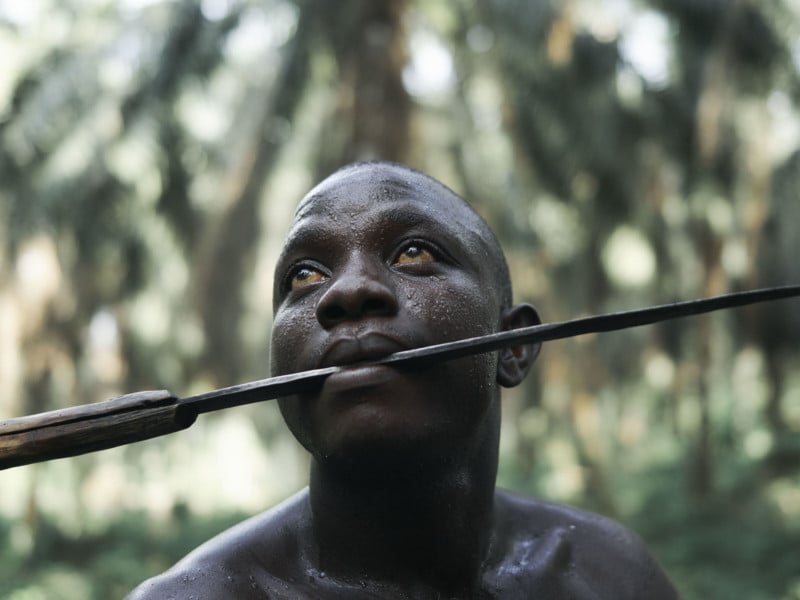
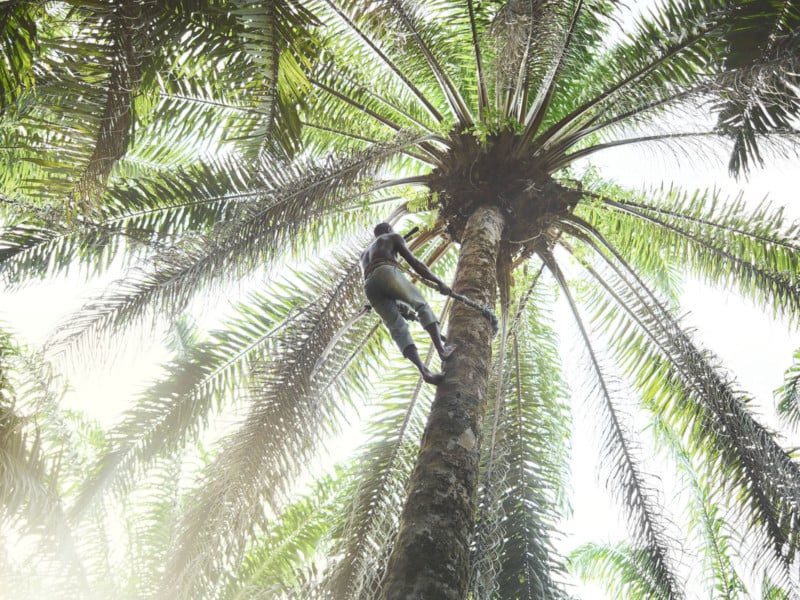
![]()
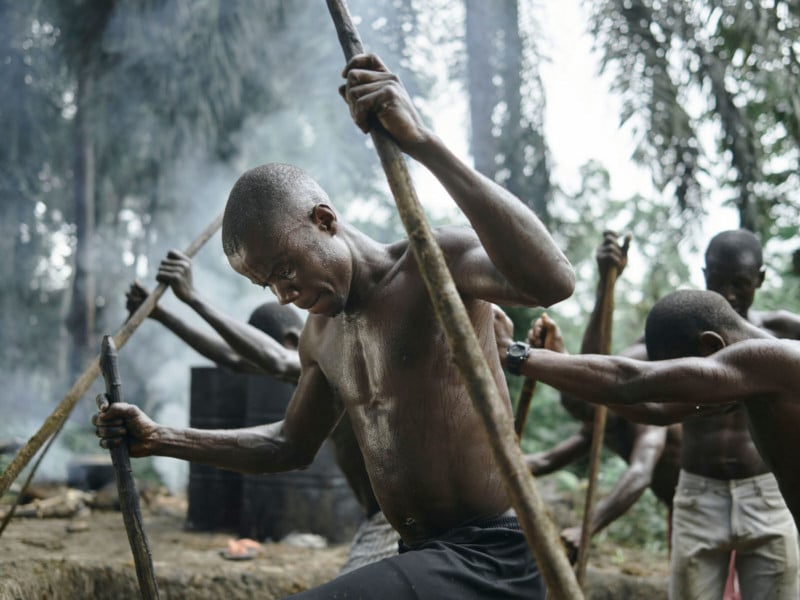
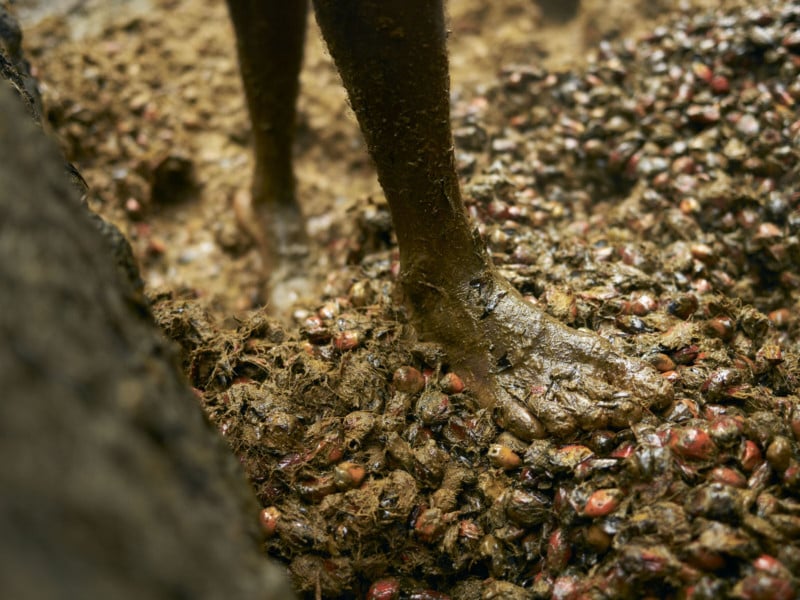
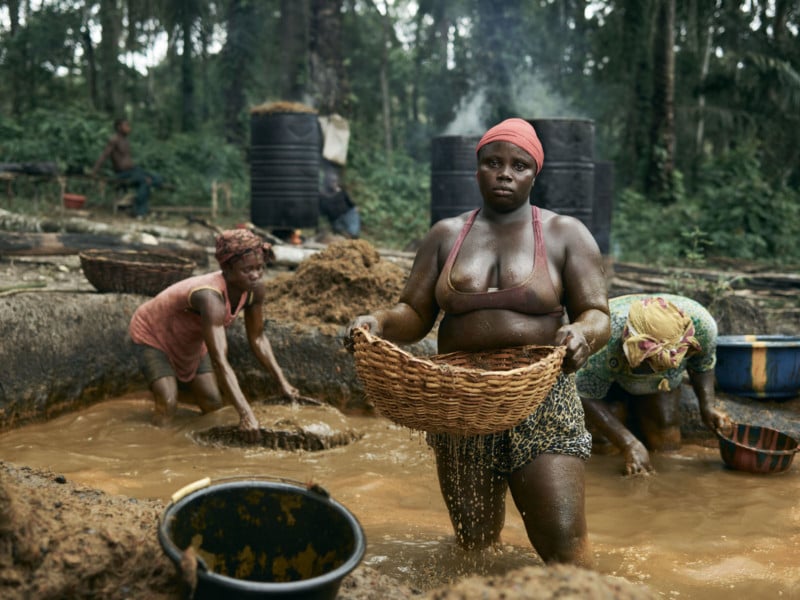
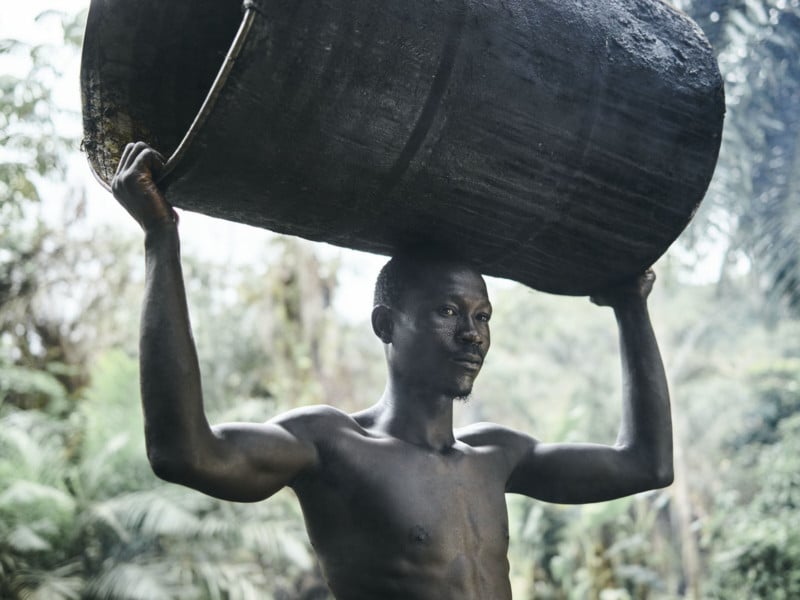
We also photographed the villagers fishing for giant mud cat, which is done in the river using handmade nets. Making photographs of their work from the shore wasn’t an option: If you shoot it from the shore, it’ll look like it was shot from the shore. So I slipped out of my shoes (going barefoot helps me to keep my balance in moving water) and into the river up to my chest with my medium format camera. Sure, it’s a risk to carry expensive equipment into the water, but to me, getting the better shot is always more important. And the best vantage point for river images is just above the surface of the water.

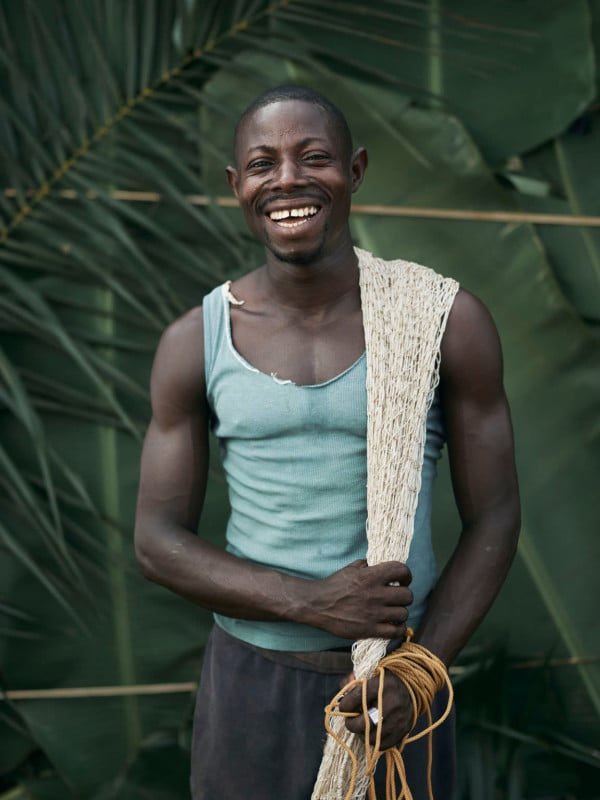

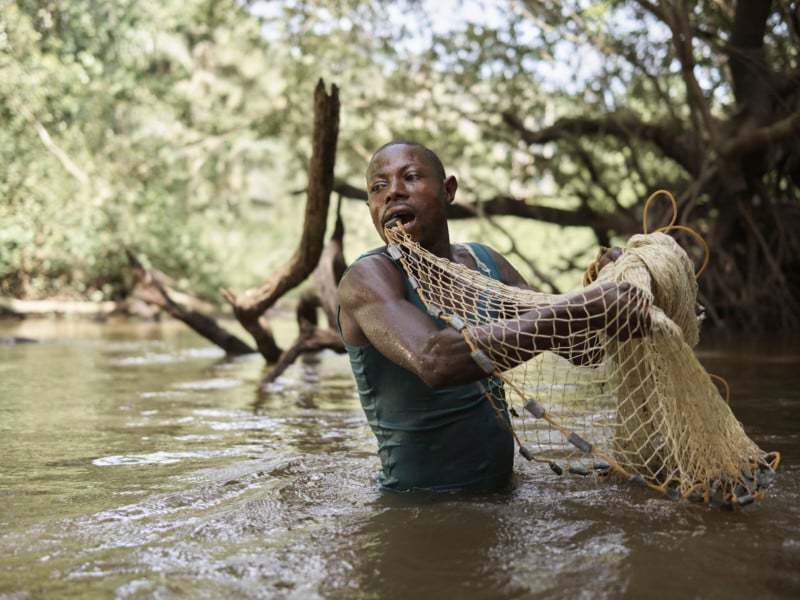
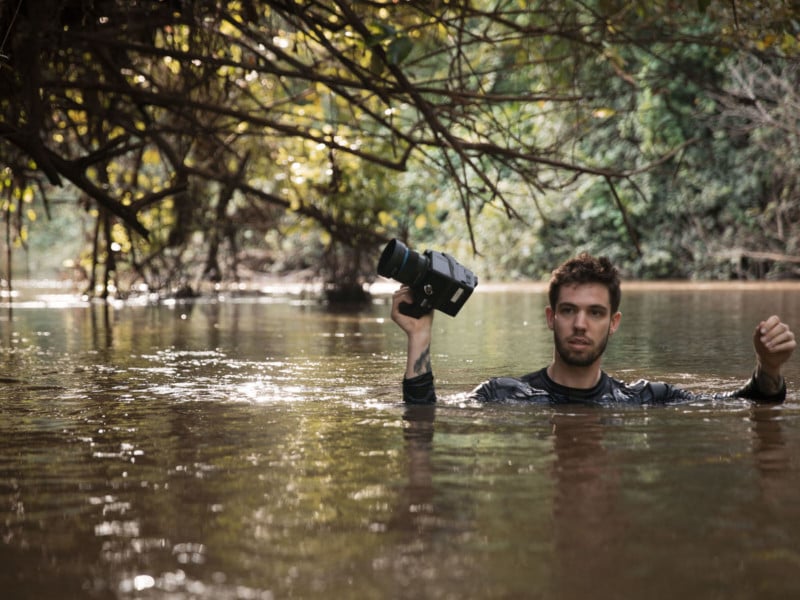
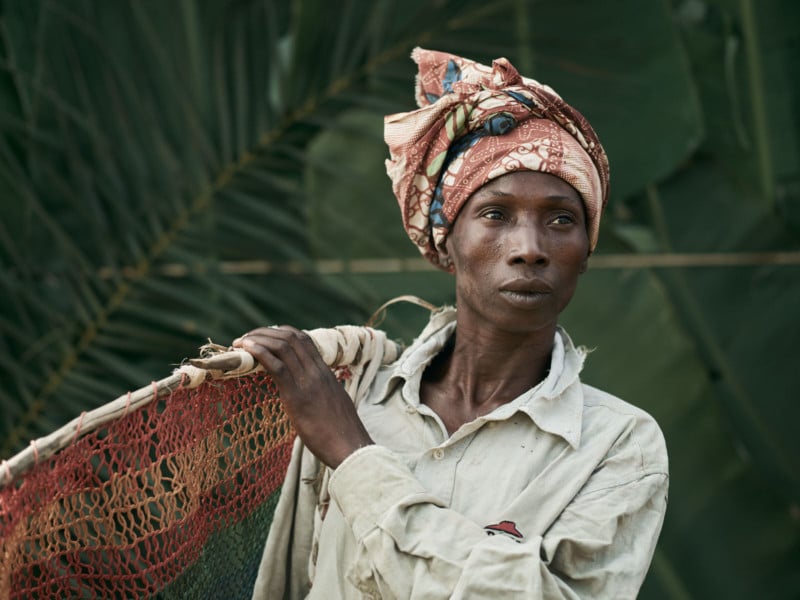
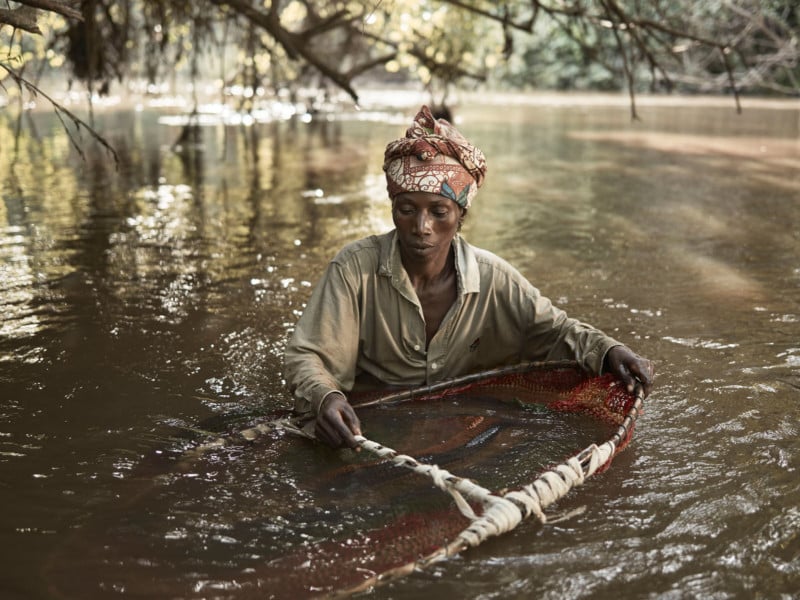
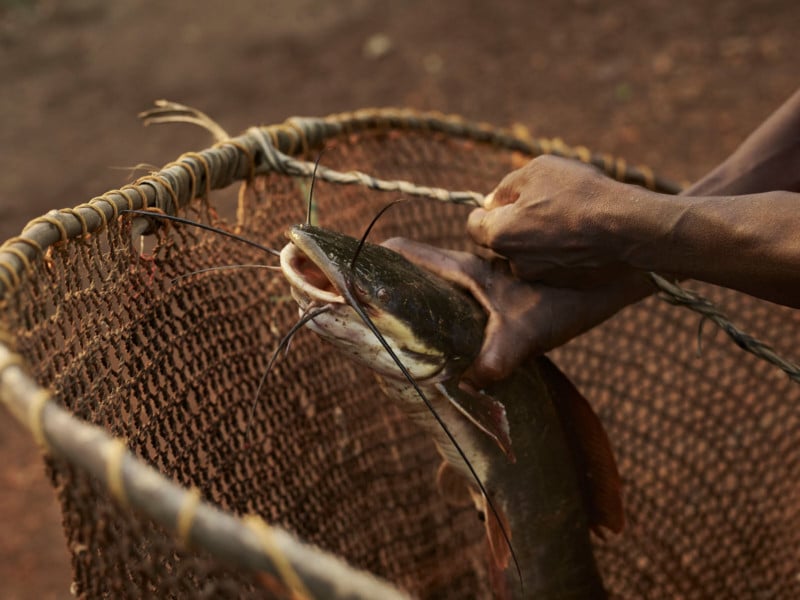
Ultimately the images went toward an uplifting and innovative fundraising campaign that breaks out each character in the community, tells their individual stories, and inspires admiration and hope rather than pity and sadness. It was a dream project for me, working with a well-respected water charity that does thorough, responsible work, and an overall lovely two weeks in the rainforest with the people of Tombohuaun.
Donations to WaterAid’s Untapped appeal will be doubled by the UK government until January 31st.
About the author: Joey L. is a Canadian-born photographer and director based in Brooklyn, New York. Since the age of 18, Joey’s work has been consistently sought out by a number of prominent advertising clients, including the National Geographic Channel, U.S. Army, Lavazza for their 2016 calendar, Canon, Summit Entertainment, and many others. You can find more of his work on his website, Instagram, Twitter, and Facebook. Joey’s lighting and Photoshop tutorials can be viewed at LearnFromJoeyL.com. This article was originally published here.